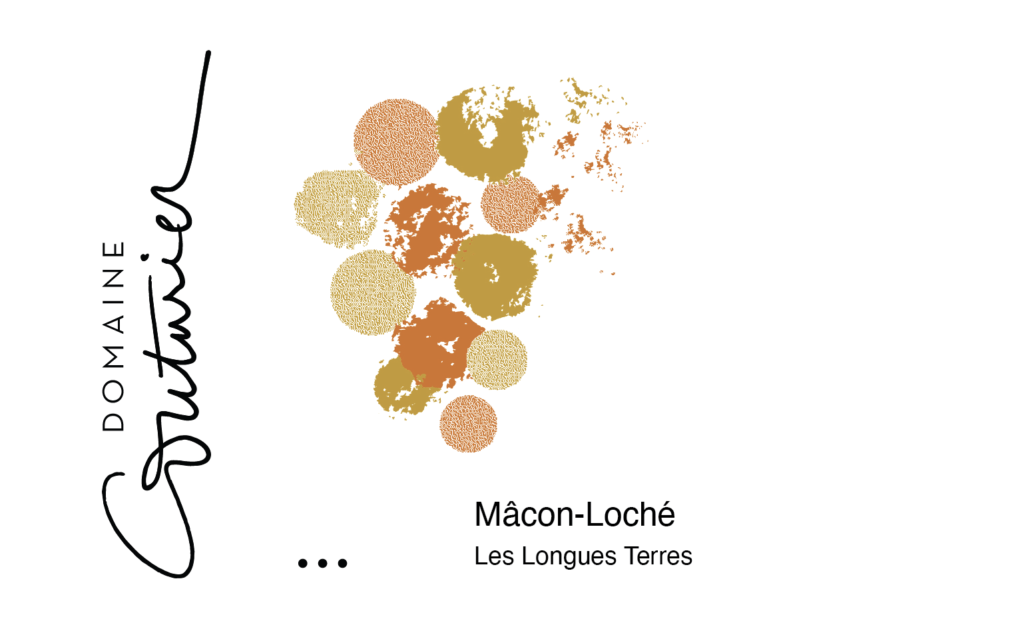Domaine Couturier
Mâcon-Loché ‘Les Longues Terres’ 2022
Domaine Couturier Mâcon-Loché ‘Les Longues Terres’ 2022
Domaine Couturier is led by the legendary Marcel Couturier, who comes from a long line of vignerons in the southern Mâconnais, in conjunction with his daughter Cladie and son Auxence. The winery is located in the commune of Fuissé, overlooking the villages of Loché, Mâcon, and the great plain of Bresse. Their vineyards are located within a fault zone, meaning several different soil types exist close to one another within a small area. The domaine is just one of four producers who are estate bottling in Mâcon-Loché. In total, they farm 11 hectares of chardonnay vineyards in multiple appellations. Most of their vines are quite old, with many parcels exceeding 70 years of age and their “young” vines averaging 30-40 years old.
Farming is meticulous at Domaine Couturier, employing only certified organic and biodynamic methods. They work soils with ground cover between rows to regenerate the hard, poor clay soils, which greatly benefit from the aeration and the introduction of native organic materials.
The village wine, Mâcon-Loché ‘Les Longues Terres’, is a pure expression of chardonnay from the southern Mâconnais, made with fruit from over-35 year-old vines planted in vineyards around the Loché village. The soils here consist of a calcareous clay layer on top of impenetrable calcareous rock. The layer of workable soil is quite thin in some areas, and through plowing the soils, they are able to increase the calcareous content and health of the topsoil, resulting in an elegant, vivacious wine.
At harvest, whole bunches are hand-picked, and once the bunches are pressed, they allow the must settles for up to two days. No sulfur is added to the bunches when they arrive in the winery, and the resulting wild-yeast fermentations are long and cool. Both alcoholic and malolactic fermentations occur naturally in 6-10 year-old French Burgundy barrels. Some of the gross lees are retained during fermentation, resulting in a small amount of skin contact during both fermentation and élevage. Once the must is in the barrel, it sits mostly untouched until bottling. The wines age in the same barrels without bâtonnage. The wine spends a total of 10 months in its fermentation barrel and is racked only once prior to bottling. Depending on the vintage, only light bentonite fining and a minimal amount of sulfur dioxide is added before bottling.


